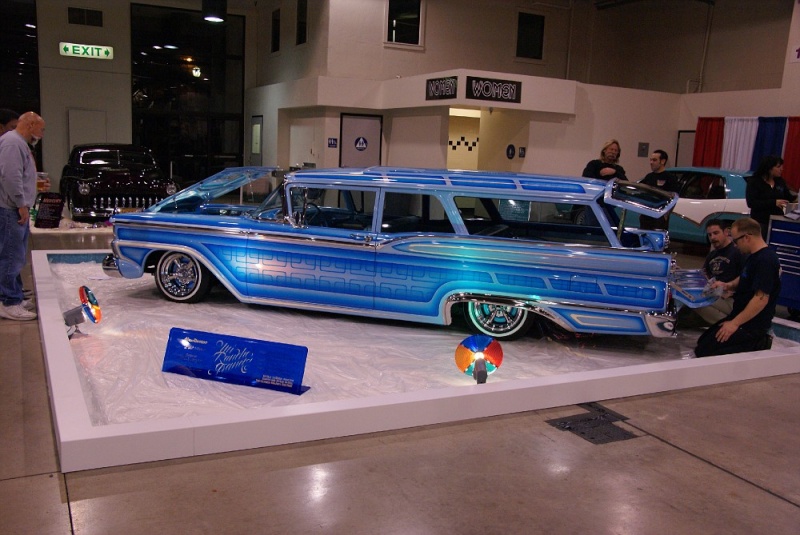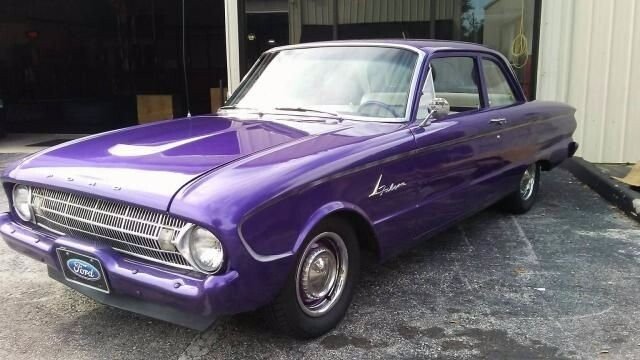

Of course, this one has a bench seat installed back there, but otherwise it’s pretty basic and stark, pretty much like my Dodge A100 before I paneled it (tastefully in birch plywood, not shag carpeting, mind you!). This machine is a hauler, pure and simple, with an accent on the latter. And it turns out that’s what Americans really wanted most of all from a van forget the driving dynamics.

In other words, the polar opposite of the Corvair van.īut the Econoline trumped the Corvair (and VW Transporter) in one very key way: a flat floor, all the way from front to back. And locked up its rear wheels under heavy braking. And spins it rear wheels at the slightest suggestion of a low cohesion of traction. This kind of configuration is intrinsically front-heavy, unless carrying a substantial load. That meant a crude box with leaf-spring solid axles front and rear, with the little Falcon 144 CID six in a doghouse between the front seats. The 1961 Econoline was a new and unique unibody, but utilizing as many of the Falcon’s mechanical components as possible. We’ll stick to the cargo version here mostly. There were of course three versions of the Econoline, including the Pickup ( CC here), the “Station Bus” passenger van, and the cargo van.

Which is of course what vans are ultimately mostly about. Just like with the Falcon itself, Ford’s compact trucks were highly pragmatic. Without giving too much away the Corvair compact trucks had an even shorter lifespan than the Corvair itself, the reason being the Econoline: it was to the Corvair van what the Falcon was to the Corvair. They were technically ambitious, and had some superb dynamic qualities, thanks to fully independent suspension front and rear, balanced weight distribution, and resultant good handling, braking and steering. We covered the Transporter in depth here and the passenger VW Bus Samba here.Ĭhevrolet’s entry in the 1961 compact truck market was the Greenbrier passenger van ( CC here), the Corvan cargo van, and the Rampside Pickup ( CC here), based on the rear-engine Corvair, of course. There was simply no comparable vehicle on the market, that combined such superb space utilization, carrying capacity, economy and an un-truck-like ride to boot. It would be a mistake to underestimate the impact of the VW Transporter in the US during the fifties. Of course not for good, but that’s another (mini-van) story. By 1971, Dodge and Chevrolet followed the leader, and the compact van was dead. Ford, the leader in the field, pulled the plug first in 1968 and replaced the compact Econoline van with the first full-sized van, conveniently parked across the street here. Although compact passenger cars more or less became a permanent mainstay, the compact trucks were a short-lived phenomena. After essentially building only “full size” cars and watching the imports eat away over 10% of the market in the later fifties, Detroit launched the great compact counter-revolution.Īnd there were analogues to the compact sedans: compact forward-control vans, and even pickups. Never before and never again would the Big Three make such a dramatic expansion to their model lines. Updated ) 1960-1961 were the two most significant single years in the history of the American Automobile industry.


 0 kommentar(er)
0 kommentar(er)
